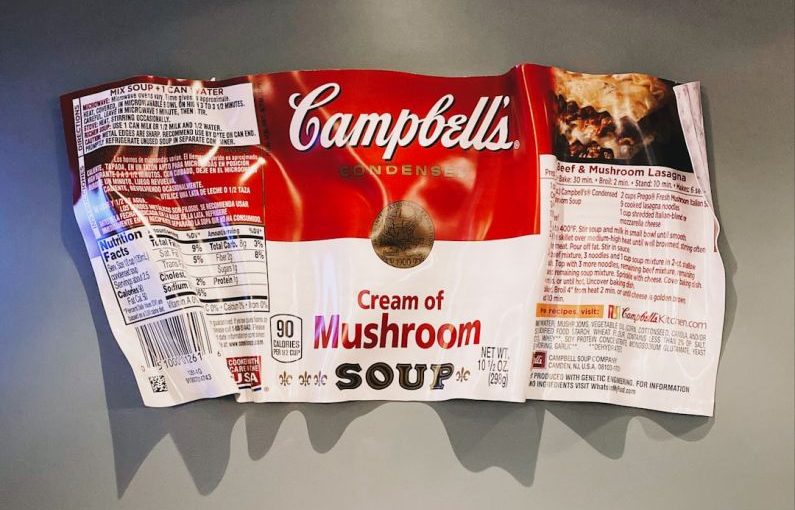Pet owners want the best for their furry companions, and one crucial aspect of their care is providing them with a balanced and nutritious diet. When it comes to choosing the right food for your pet, understanding pet food labels is essential. These labels contain valuable information that can help you make informed decisions about what to feed your pet. By deciphering the information on pet food labels, you can ensure that your pet is getting the nutrients they need to thrive.
Deciphering the Ingredients List
The ingredients list on a pet food label is a good place to start when trying to understand the nutritional value of the food. Ingredients are listed in descending order by weight, with the most abundant ingredient listed first. Look for whole protein sources like chicken, beef, or fish at the top of the list. These ingredients provide essential amino acids that are vital for your pet’s overall health. Avoid foods that list vague ingredients like “meat by-products” or “animal digest,” as these may not provide the quality nutrition your pet needs.
Understanding Guaranteed Analysis
The guaranteed analysis section of a pet food label provides information about the minimum and maximum percentage of key nutrients in the food. This section typically includes percentages for crude protein, crude fat, crude fiber, and moisture. While these percentages can give you a general idea of the food’s nutritional content, it’s essential to remember that they are not an exact measurement of the actual nutrient content. For a more accurate assessment of the food’s nutritional value, consider consulting with your veterinarian.
Cracking the Nutritional Adequacy Statement
The nutritional adequacy statement on a pet food label indicates whether the food is complete and balanced for a specific life stage, such as growth, maintenance, or all life stages. This statement is crucial because it ensures that the food meets the minimum nutritional requirements set by the Association of American Feed Control Officials (AAFCO). Look for phrases like “formulated to meet the nutritional levels established by the AAFCO Dog Food Nutrient Profiles for all life stages” to ensure that the food is suitable for your pet’s needs.
Navigating Feeding Instructions
Feeding instructions on pet food labels provide guidelines on how much to feed your pet based on their weight and life stage. It’s essential to follow these recommendations to prevent overfeeding or underfeeding your pet. Keep in mind that individual pets may have different caloric needs based on factors like activity level and metabolism. If you’re unsure about how much to feed your pet, consult with your veterinarian for personalized feeding recommendations.
Decoding Expiration Dates
Pet food labels also include expiration dates or “best by” dates to ensure the food’s freshness and quality. It’s essential to check these dates before purchasing pet food and to store the food properly to maintain its nutritional value. Using expired pet food can lead to nutrient degradation and potential health risks for your pet. When in doubt, always opt for fresh and recently manufactured pet food to ensure your pet’s well-being.
Analyzing Additional Label Claims
In addition to the standard information on pet food labels, you may come across various claims and certifications that can help you make an informed decision about the food. Look for labels that indicate organic, natural, or grain-free ingredients if you have specific preferences for your pet’s diet. Keep in mind that these claims are not regulated as strictly as the nutritional adequacy statement, so it’s essential to do your research and choose foods that align with your pet’s dietary needs.
Making Informed Decisions for Your Pet’s Health
Understanding pet food labels is crucial for providing your pet with a well-balanced diet that meets their nutritional needs. By deciphering the ingredients list, guaranteed analysis, nutritional adequacy statement, feeding instructions, expiration dates, and additional label claims, you can make informed decisions about what to feed your pet. Remember to consult with your veterinarian if you have any questions or concerns about your pet’s dietary requirements. With proper nutrition, you can help your pet live a healthy and happy life.





